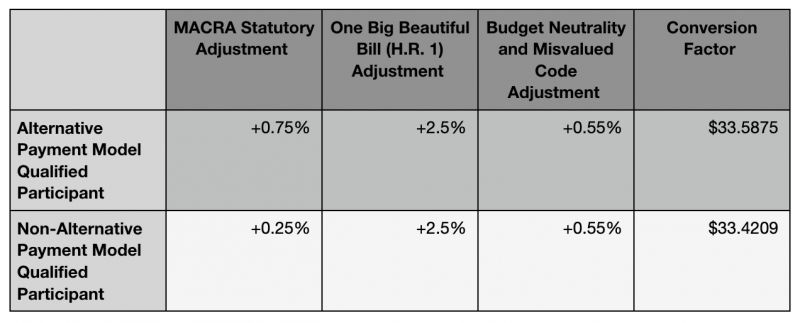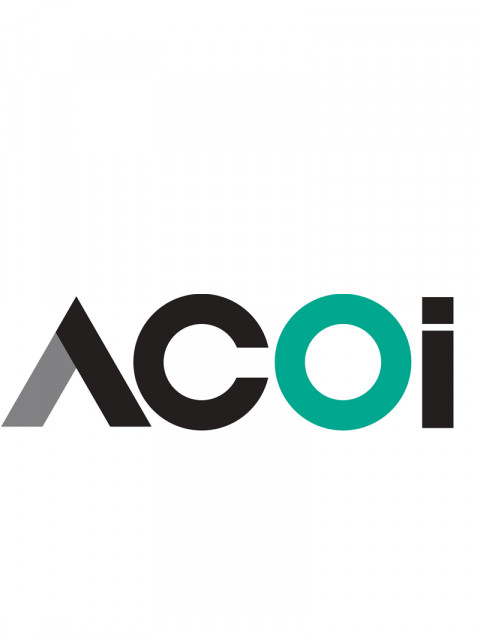On July 14, the Centers for Medicare & Medicaid Services (CMS) released the 2026 Medicare Physician Fee Schedule (PFS) proposed rule. As previously shared by ACOI, CMS is proposing a .55 percent increase to the conversion factor which would be in addition to positive statutory adjustments.

For most physicians, any benefit from an increase to the conversion factor is muted by two new proposed policies:
- Proposed efficiency adjustment for non-time-based services; and
- Revised practice expense (PE) methodology for facility-based services.
Efficiency Adjustment
CMS proposes to apply a new “efficiency adjustment” of -2.5 percent to work relative value units (RVUs) and the corresponding intra-service portion of physician time of non-time-based services. The proposal is based on CMS’ assumption that both the intra-service portion of physician time and the work intensity would decrease as the practitioner develops expertise in performing the specific service. CMS stance is that the current RVUs may not reflect these efficiencies due to the infrequency of service revaluation under the PFS and the limitations of reliance on survey data.
The adjustment would apply to all codes except time-based codes, including E/M visits, care management services, behavioral health services, services on the CMS telehealth list, and maternity codes with a global period of MMM. According to the American Medical Association (AMA), only 393 services will be exempted from the decrease, and the only specialties or professions to gain at least 1 percent from this proposal are clinical psychology (3 percent), clinical social work (4 percent), geriatric medicine (1 percent), and psychiatry (1 percent) — individuals who perform a more significant amount of telehealth services, which CMS has exempted from efficiency adjustments.
To calculate the efficiency adjustment, CMS proposes using the Medicare Economic Index (MEI) productivity adjustment with a look-back period of five years. For CY 2026, CMS would sum all productivity adjustments included in the MEI updates from CY 2022-2026. If finalized, CMS proposes to recalculate and apply an efficiency adjustment every three years.
Practice Expense
CMS is proposing to modify the indirect PE methodology to redistribute indirect practice costs from facility-based services to non-facility-based services. For each service valued in the facility setting, for CY 2026, CMS proposes to reduce the portion of the facility PE RVUs allocated based on work RVUs to half the amount allocated to non-facility PE RVUs. This change in PE methodology, results in a dramatic shift in payment between sites of service. CMS chose this methodology over using AMA Physician Practice Information Survey information to update PE relative values. CMS justified its proposal by saying original PE allocation methodologies that assumed physicians maintained separate practice locations even if they furnished some care in hospitals do not reflect the decline in the number of physicians working in private practice.
The AMA has calculated that payment for a private practice physician who performs a service or procedure in the facility setting (hospital outpatient and ambulatory surgery center) will decrease overall by 7 percent while non-facility-based payment to physicians will increase by 4 percent. The impact on individual specialties would be substantial.
ACOI continues to analyze the proposed rule and the full extent of the efficiency adjustment and practice expense proposals and will submit comment by the September 12 deadline.


